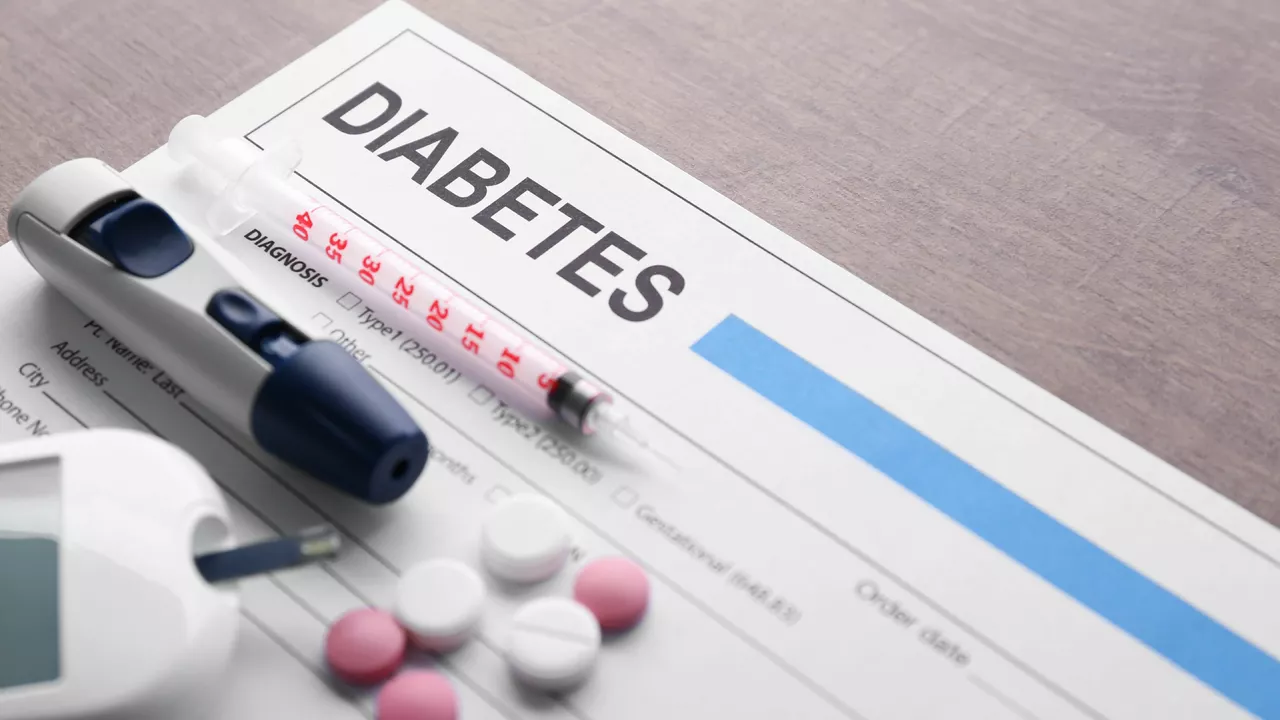Diabetic gastroparesis: what to watch for and what to do
If your food seems to sit in your stomach for hours, or your blood sugar jumps and drops for no clear reason, delayed stomach emptying from diabetes could be the cause. Diabetic gastroparesis happens when nerve damage from long-term high blood sugar slows the stomach’s muscles. That messes up digestion and makes day-to-day blood sugar harder to predict.
How to spot it
Common signs are nausea, vomiting (especially of undigested food), bloating, early fullness after small meals, and unintended weight loss. Many people also notice unpredictable blood sugar—meals may not raise glucose right away, then cause spikes later. If you have these symptoms and long-standing diabetes, mention them to your doctor.
Doctors usually start by ruling out obstruction with an endoscopy or imaging. The standard test for gastroparesis is a gastric emptying study (a radioactive meal and scans over a few hours). Alternatives include breath tests or a wireless motility capsule. These show how slowly the stomach empties and help plan treatment.
Practical steps that help now
Small changes often make the biggest difference.
- Eat small, frequent meals — 4–6 small meals instead of 2–3 big ones.
- Choose low-fat and low-fiber foods — fat and fiber slow stomach emptying.
- Prefer soft or liquid meals when symptoms flare — soups, smoothies, meal-replacement drinks.
- Chew well, eat slowly, and sit upright for at least 30–60 minutes after eating.
- Light walking after meals can speed digestion for some people.
Medications can help. Metoclopramide is commonly used but can cause movement side effects if used long-term; doctors usually limit duration. Erythromycin helps short-term. Anti-nausea drugs (ondansetron, promethazine) ease symptoms. Some medications for diabetes, especially GLP-1 receptor agonists (like semaglutide), slow gastric emptying and can make symptoms worse—talk to your prescriber if you’re on these drugs.
Because stomach emptying is unreliable, blood sugar can be unpredictable. Work with your diabetes team to adjust insulin timing or doses. Continuous glucose monitoring (CGM) is very useful here — it shows patterns so your team can adapt treatment safely.
For severe cases where oral intake isn’t possible, options include gastric electrical stimulation, jejunal feeding tubes, or temporary IV fluids and nutrition. These are reserved for people who don’t respond to diet changes and medicines.
Call for urgent care if you have very heavy vomiting, can’t keep liquids down, signs of dehydration, or fast weight loss. Those are red flags that need prompt treatment.
Diabetic gastroparesis can be frustrating, but many people gain real control with targeted diet changes, medication adjustments, and closer glucose monitoring. Talk with both your endocrinologist and a gastroenterologist so they can coordinate a plan tailored to how you feel and how your diabetes behaves.
Diabetic Gastroparesis: The Importance of Regular Medical Check-ups
In my latest blog post, I dove into the topic of Diabetic Gastroparesis, a condition where your stomach can't empty food properly. It's particularly common in people with diabetes. Regular medical check-ups are crucial in this context, as they can help monitor the condition and adjust treatment plans as needed. The post emphasizes the importance of not ignoring any symptoms and seeking medical advice promptly. Regular consultations with your doctor can significantly manage this condition, helping to improve your quality of life.





